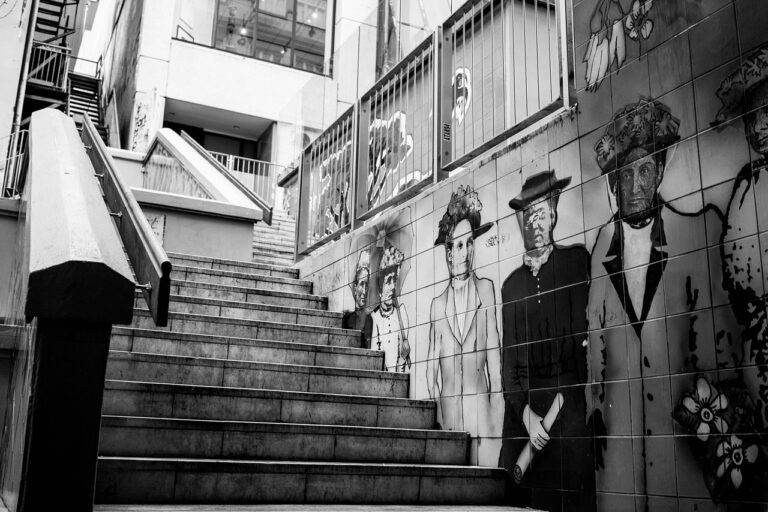The Art of Sustainable Transportation Planning: Creating Walkable, Bikeable Communities
Urban sprawl poses significant challenges to cities around the world. As cities expand outward, it leads to the fragmentation of communities and the loss of valuable green spaces. The increasing distance between residential areas and commercial centers also contributes to greater reliance on cars, leading to traffic congestion and air pollution.
Additionally, urban sprawl puts a strain on existing infrastructure, such as roads, water supply systems, and public transportation networks. The spread-out nature of urban development results in higher maintenance and development costs for municipalities. This can lead to inefficient land use and increased demand for resources, further exacerbating environmental concerns.
Impact of Transportation Choices on the Environment
Transportation choices have a significant impact on the environment. The emissions from vehicles can contribute to air pollution and climate change. The burning of fossil fuels releases harmful chemicals and greenhouse gases into the atmosphere, which can have long-lasting effects on our planet.
Opting for eco-friendly modes of transportation, such as biking, walking, or using public transport, can help minimize the environmental impact of our daily commutes. By reducing our reliance on single-occupancy vehicles, we can lower carbon emissions and improve air quality in our communities. Making conscious choices about how we get from place to place can play a crucial role in protecting the environment for future generations.
Benefits of Walkable Communities
Walkable communities offer a multitude of advantages to residents, promoting physical activity and reducing reliance on cars. The convenience of being able to walk to shops, schools, and parks not only benefits one’s health but also fosters a stronger sense of community. In walkable neighborhoods, streets are typically designed with pedestrians in mind, featuring safe sidewalks, crosswalks, and well-maintained pathways that encourage people to explore their surroundings on foot.
Furthermore, walkable communities often have a positive impact on local economies by attracting businesses and shoppers to the area. The vibrant street life and bustling foot traffic in these neighborhoods create a dynamic atmosphere that can boost sales for local shops and restaurants. By prioritizing walkability, communities can cultivate a more sustainable and socially connected environment that enhances the overall quality of life for residents.





